-
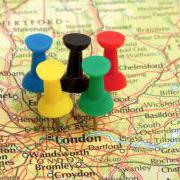
This activity explores shapes and circles by encouraging children to look really hard at something they will see very often in the run-up to London 2012, and is designed to be accessible to primary pupils at Key Stage 1.
-

Looking at the 2012 Olympic Medal table, can you see how the data is organised? Could the results be presented differently to give another nation the top place? This activity encourages children to develop their skills in data analysis, and is designed to be accessible to primary pupils at Key Stage 2.
-
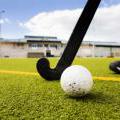
What could the half-time scores have been in these Olympic hockey matches? This activity encourages systematic working and discussion, and is designed to be accessible to primary pupils at Key Stages 1 and 2.
-

Play our sporty card game with 24 cards featuring information about Olympic athletes past and present. This game is aimed at primary school pupils at Key Stages 1 and 2.
-
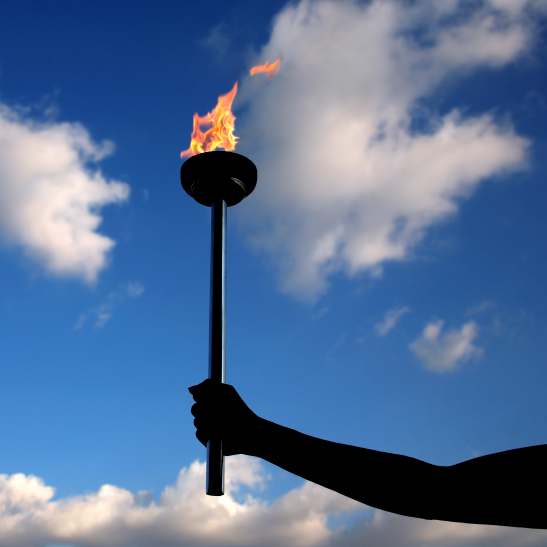
The organisers of the Olympic Torch Relay hope that the planned route means that the Torch will come within 10 miles of 95% of the population of Britain. Has this worked? This activity can be approached at different levels by a wide range of ages from older primary school pupils to GCSE students (Key Stages 2 to 4).
-

Decide which charts and graphs represent the number of goals two football teams scored in fifteen matches. This data handling activity is designed to get children talking meaningfully about mathematics, presenting and justifying arguments, and is aimed at primary school pupils at Key Stage 2.
-
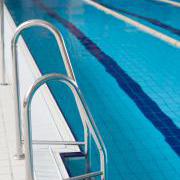
We're investigating the number of steps we would climb up or down to get out of or into the swimming pool. How could you number the steps below the water? This activity uses the familiar environment of a swimming pool to introduce negative numbers, and is designed to be accessible to primary pupils at Key Stages 1 and 2.
-

Sports such as hockey, football, basketball and tennis use balls of different sizes. Can you arrange a selection of different balls in a line each touching the next to make the shortest line? This activity offers opportunities for creative thinking and problem solving and helps pupils to understand the properties of circles. It can be presented using your school's own sports equipment and is aimed at primary school pupils (Key Stage 2).
-
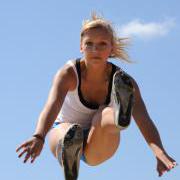
After training hard, Ben and Mia have improved their performance in the long jump and high jump. Can you work out the length and height of their original jumps? This activity explores multiplication, division and fractions in the context of sports training, and is designed to be accessible to primary school pupils at Key Stage 2.
These activities are based on maths usually encountered in primary school at UK Key Stage 1 (ages 5 to 7) and Key Stage 2 (ages 7 to 11).

